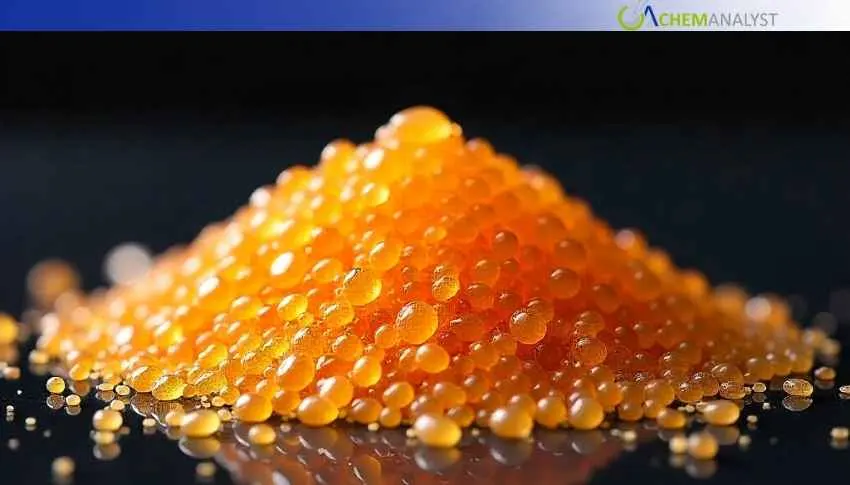Welcome To ChemAnalyst

Petroleum resin prices in China stayed flat in July 2025 because supply and demand were in equilibrium, but declined in the United States as imports were generous and downstream consumption in major industries was poor.
In July 2025, the Petroleum resin market showed divergent trends in China and the United States based on different supply-demand patterns and wider economy. While Chinese Petroleum resin prices were steady due to balanced consumption and production, U.S. prices fell modestly on the backdrop of sufficient imports and lacklustre downstream demand.
In China, July prices of Petroleum resin remained stable as the supply and demand situation was well-matched. Cheaper crude reduced the feedstock cost of C5 and C9, allowing producers to maintain good margins without having to raise production aggressively. Key Petroleum resin plants in major provinces like Shandong, Hebei, and Guangdong ran steadily, albeit with some manufacturers deciding to temper output to prevent excessive inventories in the face of tepid activity in downstream processing industries.
Export shipments to markets in Southeast and South Asia went smoothly but did not have robust growth momentum because of tepid global trade. Domestically, tire manufacturing increased slightly, contributing some support to Petroleum resin demand, while demand from the construction sector was lower as the summer building season ended. The market climate continued to be cautious but balanced, as supply was closely matched to actual consumption.
Meanwhile, the U.S. Petroleum resin market experienced a price fall in July, prompted by sufficient availability and contained demand from major end users. Steady imports from Asia, fuelled by local oversupply and aggressive export offers, provided material availability at lower landed costs, supported by reduced freight costs and smooth port operations.
Despite these cost benefits, Petroleum resin sales in key industries like adhesives, coatings, and packaging weakened as a result of high borrowing costs, inflation, and economic uncertainty. Whereas tire production saw some improvement led by improving vehicle sales, this was not enough to counteract overall market weakness.
Purchasers were conservative in response to risks related to tariffs as well as general macroeconomic issues, choosing instead to engage in prudent buying behaviour that further held back price advances.
In the future, the Chinese and American Petroleum resin markets are expected to maintain cautious stance. In China, producers will most likely continue to balance production with judicious demand, especially while uncertainties in global commerce and downstream markets hold on. In the U.S., meanwhile, demand recovery of Petroleum resin is contingent upon a decline in inflationary pressures and stronger economic confidence to revive purchases in adhesives, coatings, and packaging.
Market participants across both regions are expected to watch macroeconomic indicators and trends in order to adapt in volatile market.a
We use cookies to deliver the best possible experience on our website. To learn more, visit our Privacy Policy. By continuing to use this site or by closing this box, you consent to our use of cookies. More info.
